Could the Large Hadron Collider make an Earth-killing black hole?
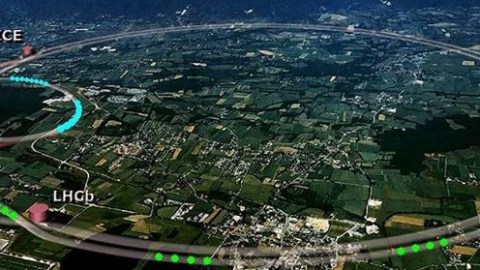
No. Not even if you violate the laws of physics in two fundamental ways.
John Oliver: So, roughly speaking, what are the chances that the world is going to be destroyed? One-in-a-million? One-in-a-billion?
Walter Wagner: Well, the best we can say right now is a one-in-two chance.
John: 50–50?
Walter: Yeah, 50–50… It’s a chance, it’s a 50–50 chance.
John: You come back to this 50–50 thing, what is it Walter?
Walter: Well, if you have something that can happen and something that won’t necessarily happen, it’s going to either happen or it’s gonna not happen. And, so, it’s kind of… best guess at this point.
John: I’m… not sure that’s how probability works, Walter. –The Daily Show
Every time we push the frontiers of knowledge, it comes with a risk, and it comes with the prospect of a reward. The risks are many: failure to find anything new, futility of the experiment to function as designed, and even the possibility of damage and destruction if things go awry. But the rewards can be tremendous, including the unlocking of new knowledge, the development of new technologies, and the advancement of the entire human enterprise of science.
One of the places that personifies all of this is the Large Hadron Collider (LHC) at CERN, where we’ve begun colliding protons at the highest energies ever achieved in a particle accelerator. A few years ago, we broke the old record — 2 TeV (tera-electron-Volts, or 10¹² eV), which was set at Fermilab — by accelerating each particle up to 3.5 TeV and smashing them into one another, achieving 7 TeV of total energy. This discovery enabled us to not only create huge numbers of a great many elusive, fundamental particles (like the top quark, as well as the W-and-Z bosons), but enabled us to discover a brand new fundamental particle and last undiscovered particle in the standard model: the Higgs boson.
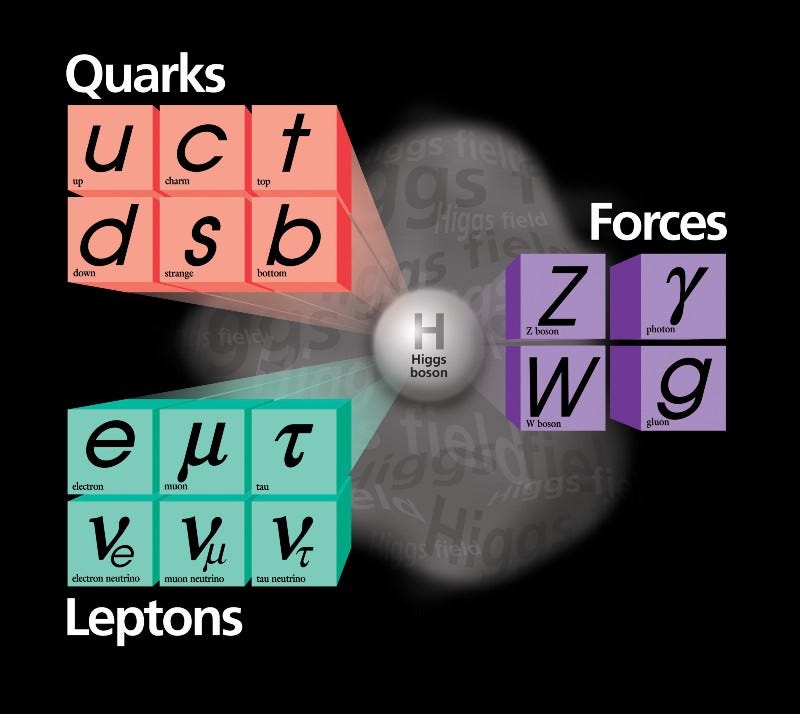
Upgrades to the LHC now enable us to reach somewhere between (depending on whom you ask) 13-and-14 TeV of total energy. If we’re really lucky, the sheer number of collisions at these tremendous energies, combined with the incredible detectors we have in place, may allow us to create and discover never-before-seen particles in this laboratory. Of course, that hasn’t stopped the usual suspects from making incredible (and completely non-credible) claims, such as:
- Scientists at Large Hadron Collider hope to make contact with PARALLEL UNIVERSE in days,
- Big Bang theory could be debunked by Large Hadron Collider, and
- That poking at the Universe may wind up destroying it by creating a black hole that swallows us.
While the first two are just bad science reporting, the third one is a common fear that’s reared its ugly head time and time again, and has no basis in reality.
So what’s the big idea, and how do we know it’s wrong? Let’s find out.
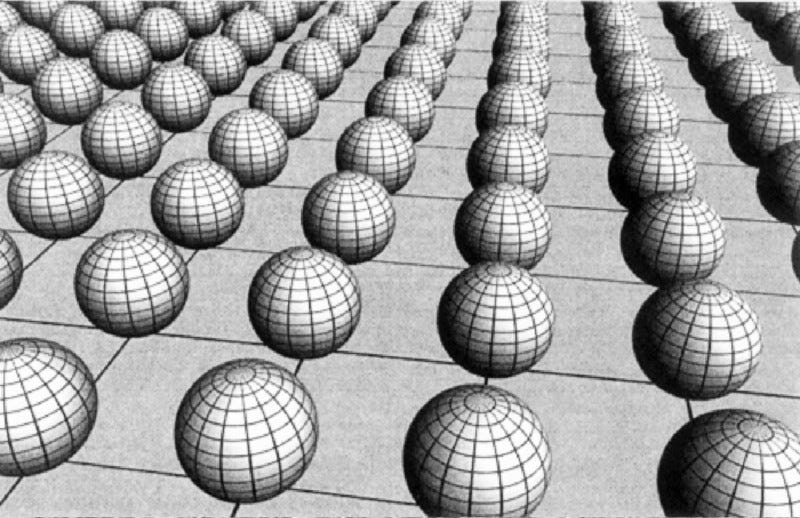
There are a number of theories that predict the existence of extra dimensions. Not merely the three spatial and one time dimension we know to be present in our four-dimensional spacetime, but at least one additional spatial dimension that exists in our Universe. While we can’t quite access those dimensions at the energies we’ve probed, it’s conceivable that at scales that are smaller than those we’ve examined — which corresponds to higher energies — these extra dimensions exist.
And if these extra dimensions exist, one theoretical possibility is that it might be possible to create tiny, miniature, microscopic black holes!
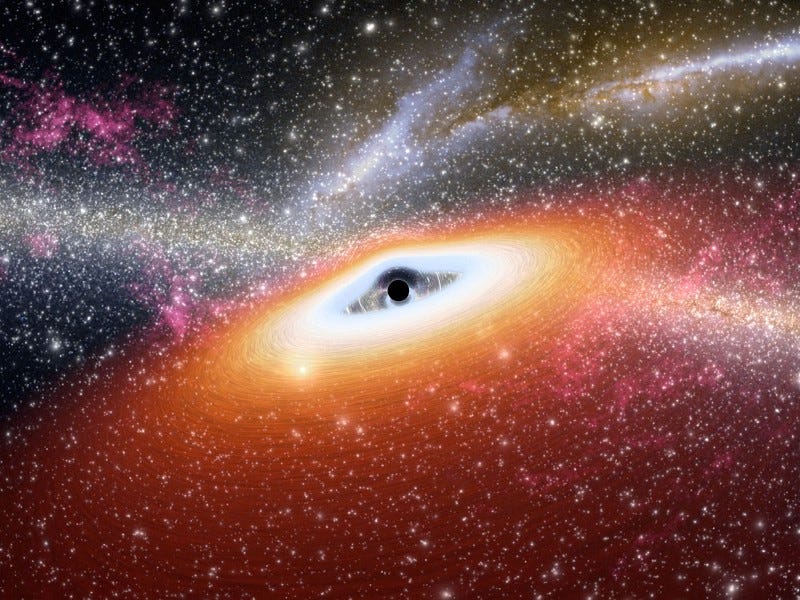
If we could do this, this would be an incredible feat of technology, of science, and an amazing piece of evidence that would change our understanding of the Universe forever. Of course, however, you say the words “black holes” and people immediately get this catastrophic picture of something sucking in all sorts of matter, progressively eating the protons, neutrons and electrons that make up our world, and eventually destroying the entire thing.
This is not possible. In fact, there are three reasons we know this is not possible. Let’s go over them one at a time.
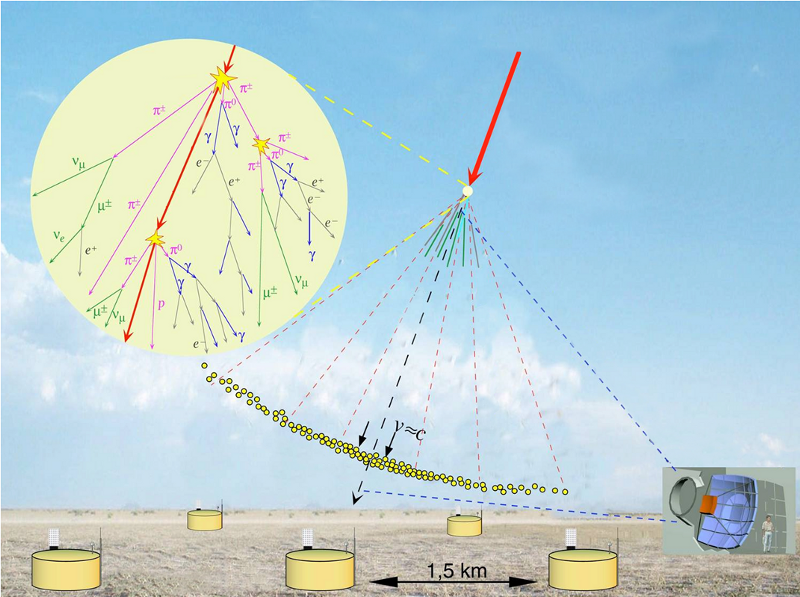
1.) If these miniature black holes exist, the Earth has been getting hit by them for billions of years, and it’s still here.
Sure, we’ve never created particles of this energy in a laboratory settingbefore. But at the very highest of energies — energies more than a hundred million (100,000,000) times greater than what we create at the LHC — particles smack into Earth constantly: the great cosmic rays that bombard us from all directions in space.
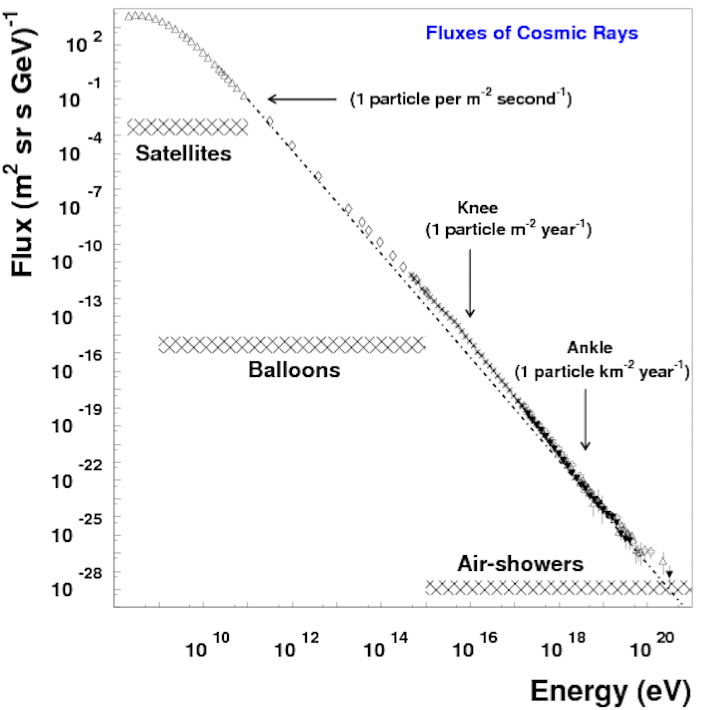
These black holes, if they exist, would have been bombarding Earth (and all the planets) for the entire history of our Solar System, as well as the Sun, and there is absolutely no evidence that any body in our Solar System ever became a black hole or got eaten by one.
But maybe, you’ll object, these objects were moving too quickly, and so they’ll simply pass through the Earth, eating too little matter to remain inside, and pass through to intergalactic space. Well, if that’s your objection, perhaps this second reason-why-this-is-impossible will help you out.
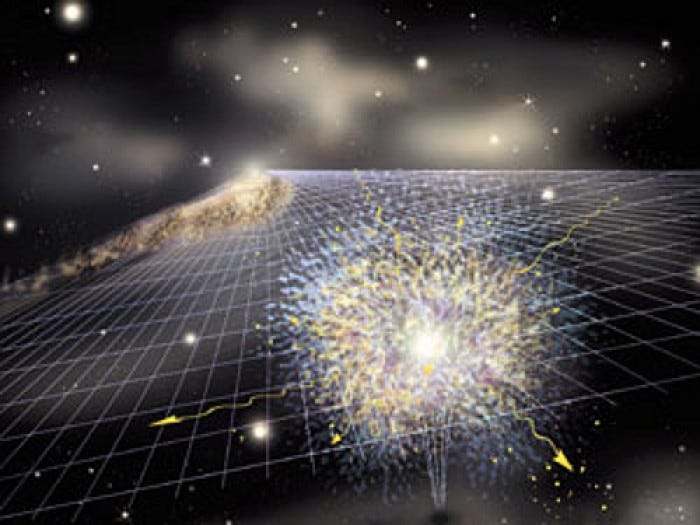
2.) If you do create a miniature black hole, they will decay, via Hawking Radiation, on ridiculously small timescales.
If there are extra dimensions, it is conceivable that they could be of a specific type allowing the (again, very rare, but plausible) formation of a microscopic black hole. This black hole will have, at most, a mass equal to the energy of the proton-proton collision, or up to 13-to-14 TeV. That corresponds, via E=mc^2, to a mass of just 5 x 10^-20 grams, and most likely less.
But, even if you have extra dimensions of the right scale, and of the right type,and you make this black hole, you still have a problem: it’s unstable. Due to the laws of quantum mechanics, this black hole is going to decay by a process known as Hawking radiation. For a black hole of mass 5 x 10^-20 grams, the decay time in three dimensions would be about 10^-83 seconds, which is not even enough time to exist! For physics to be meaningful, we need a time of about 10^-43 seconds or longer. Translated into black hole mass, we’d need it to be at least 0.00002 grams to have even a chance of existing.
In four dimensions, however, especially if the “extra” one is large, the decay time goes all the way up to 10^-23 seconds. Oh, joy. To overcome the expected decay of this miniature black hole, you have to throw out the known laws of physics. These laws are so well-established that it’s inconceivable that they’d be wrong — it would be like waking up tomorrow and seeing the Sun rise in the west.
But, for argument’s sake, let’s assume there are some new laws of physics that we haven’t conceived of yet that could make these black holes stable. So you make a black hole — a tiny one — at rest with respect to Earth’s center, and it doesn’t decay. Could it eat the Earth? And if so, how fast would that happen? This brings us to our third and final objection, and remember: we’ve already allowed you to throw out the known laws of physics twice to get to this point.
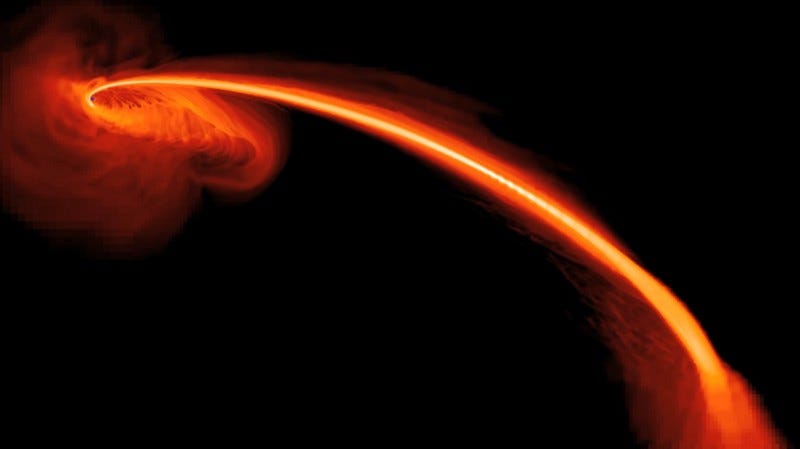
3.) You can compute the rate at which a black hole eats matter, and it’s not even close to being as small as the lifetime of our planet.
We like to think of black holes as “sucking” in matter, but the truth of the matter is, they can only interact with it gravitationally. At a mass of ~5 x 10^-20 grams, that gravitational force it exerts is incredibly weak: all it can manage to do is pass into the Earth’s center and out again, hoping for a collision with an elementary particle as it does so. While the black hole’s cross-section is tiny, the cross-section of a proton (or neutron) is pretty large, and so we can assume — for the sake of argument — that every time the black hole strikes a proton or neutron, it absorbs it.
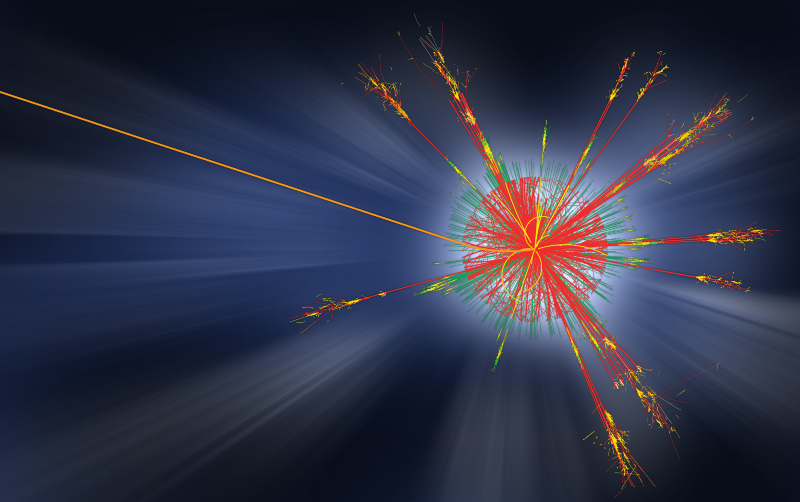
Assuming it eats every proton, neutron, or electron that it comes in contact with — and also taking into account its gravity, to see what it attracts — it will eat about 66,000 protons and neutrons per second. Of course, 66,000 protons-and-neutrons is a tiny amount in terms of mass: 1.1 x 10^-25 grams. That rate-of-growth will be constant until the black hole becomes quite large; only at about one billion metric tonnes will the black hole will start to grow faster than this rate, as it takes that long for its cross-section to increase. Capturing 66,000 nucleons per second, how long will it take to get the black hole up toeven one kilogram? Three trillion years, which is much longer than the lifetime of the Sun or even the age of the Universe.
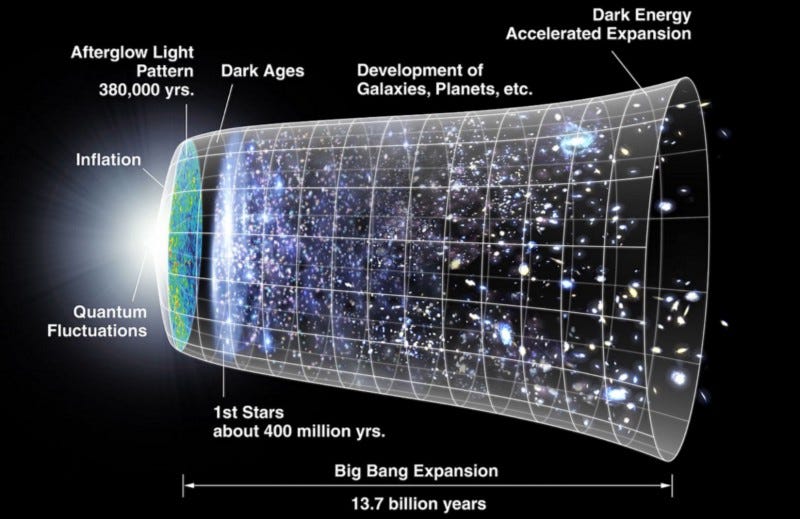
So even if you make a black hole, and even if the laws of physics that we know are wrong and it lives forever, it is still harmless. No matter how many of the laws of physics you throw out, revise or tweak, the Earth will still be okay.
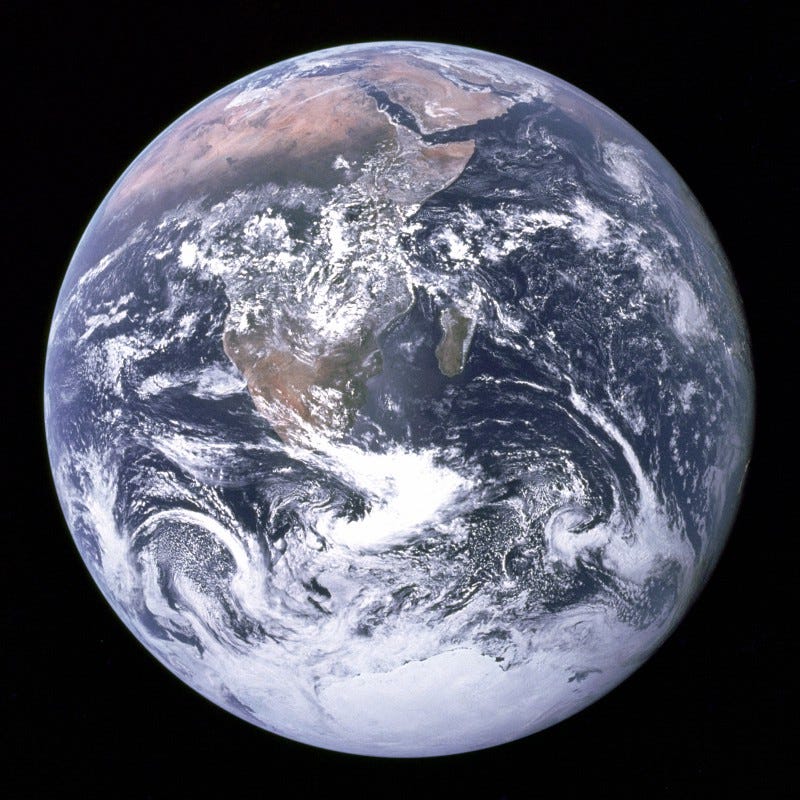
So take heart! We’re all set to probe the frontiers of physics, to increase our knowledge and understanding of the Universe, and to do it in a totally safe way. Any fears you may have concerning our planet getting eaten by a black hole are completely irrational, and now — armed with the scientific knowledge of why — you can rest easy. The world is safe. At least, from physics.
This post first appeared at Forbes. Leave your comments on our forum, check out our first book: Beyond The Galaxy, and support our Patreon campaign!





